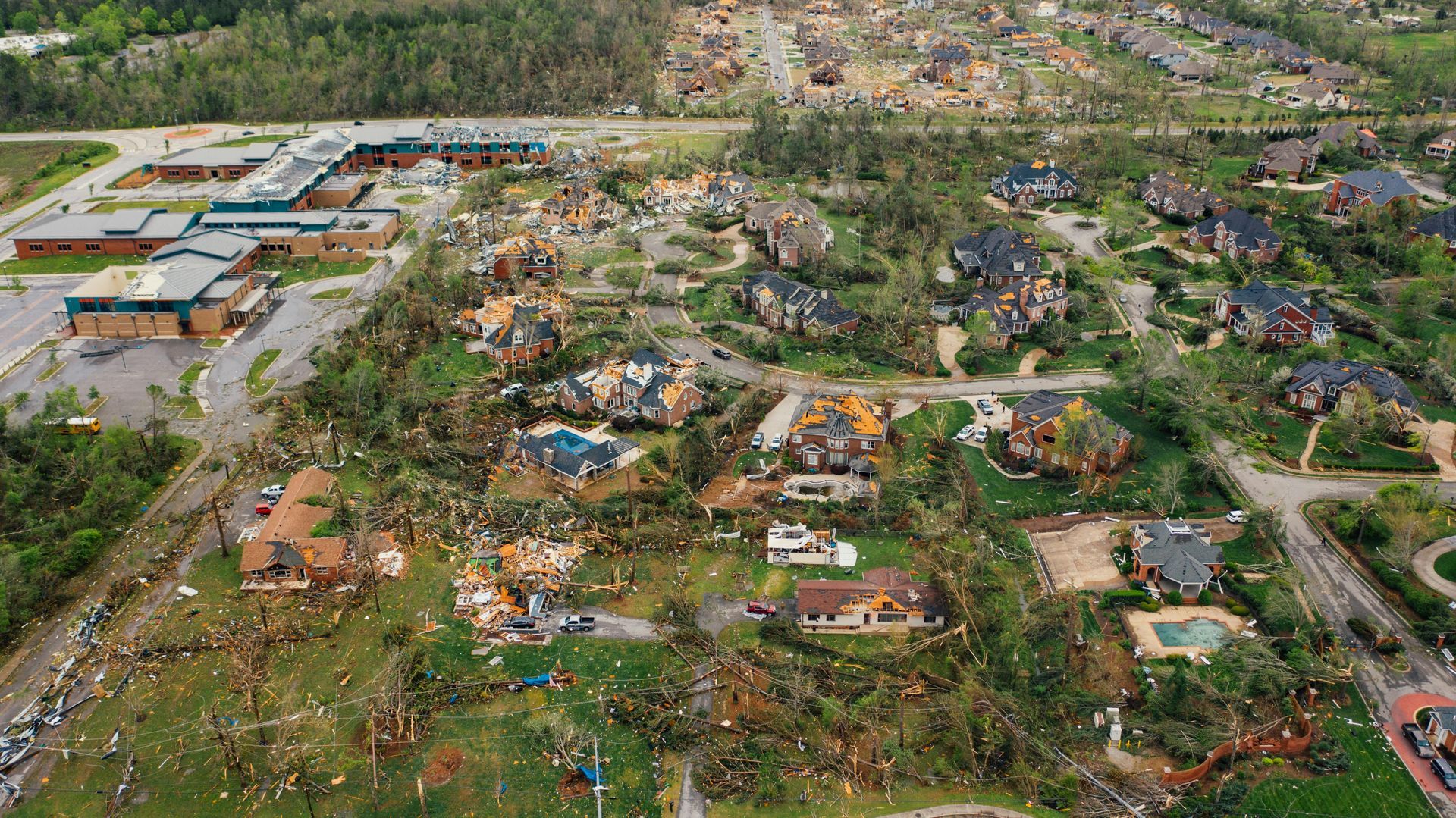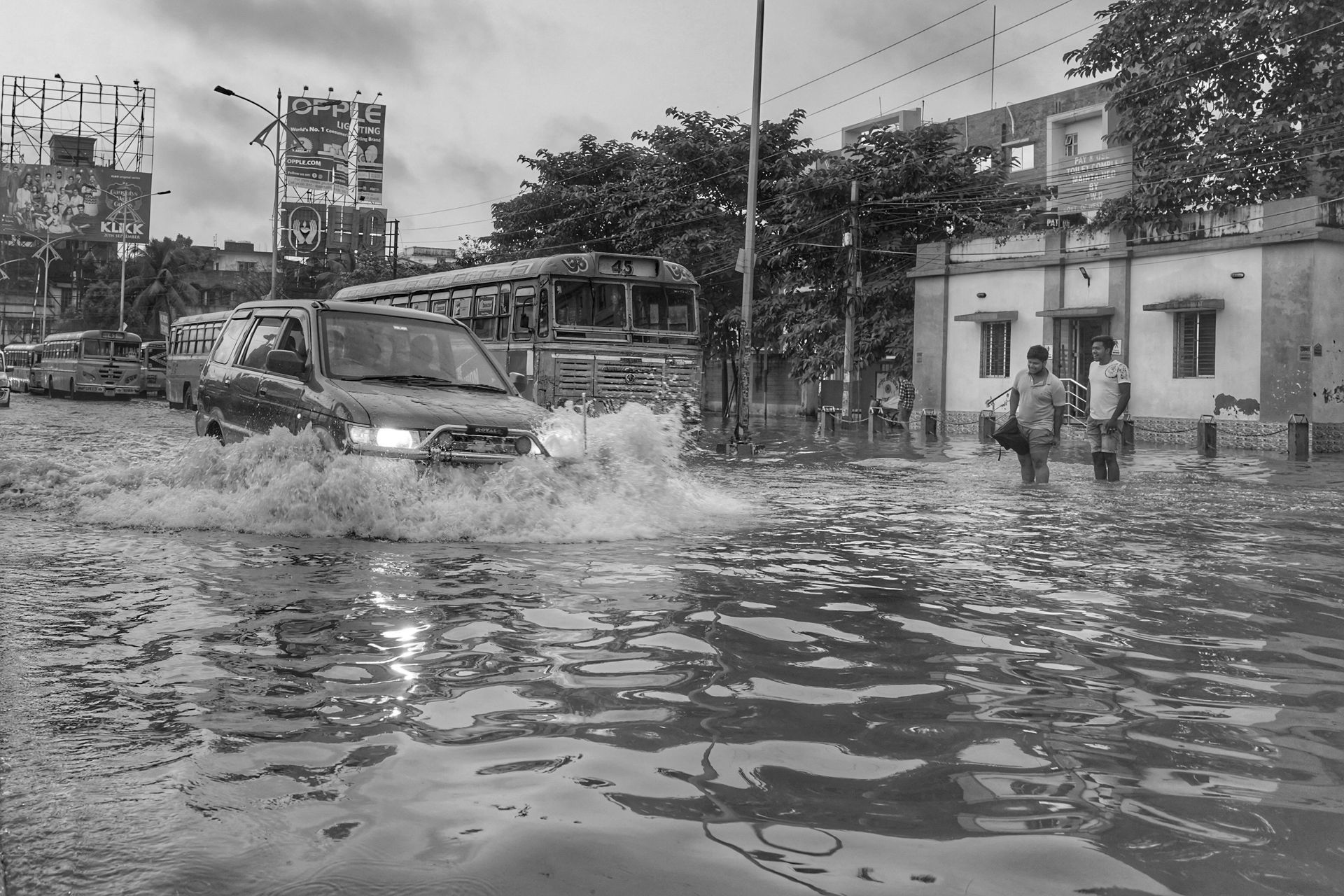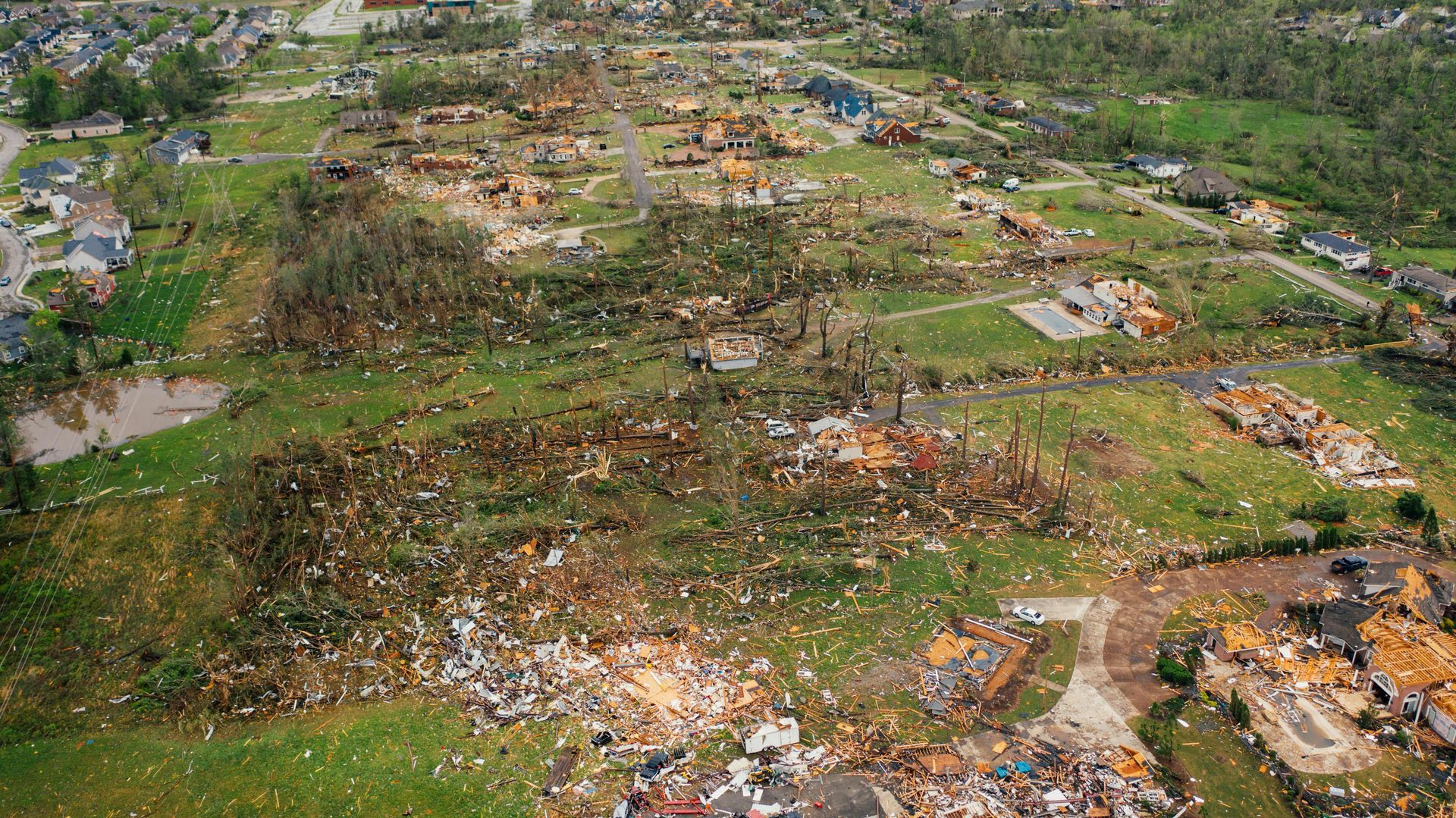Lessons from the Storm: What We’ve Learned from Recent Hurricanes
Hurricanes are among the most destructive natural disasters, capable of reshaping landscapes, devastating communities, and altering lives forever. Each hurricane season brings challenges, but also opportunities to learn and adapt. Recent hurricanes such as Harvey, Maria, Ida, and Ian have taught us valuable lessons about resilience, preparedness, and recovery. At Disaster South, we believe reflecting on these experiences can help us build stronger communities and better prepare for the storms of tomorrow.
The Rising Challenge of Hurricanes
Hurricanes are becoming more intense and frequent, fueled by climate change and warming oceans. According to NOAA, the last few decades have seen an increase in Category 4 and 5 hurricanes, causing unprecedented damage to infrastructure and ecosystems.
While no one can stop a storm, understanding its impact provides a roadmap for improving our response. Here are the key lessons we’ve learned from recent hurricanes:
1. Early Preparation Saves Lives
One of the most consistent lessons is the importance of early preparation. In storms like Hurricane Harvey (2017) and Hurricane Ian (2022), communities that prepared early—by securing homes, stocking supplies, and evacuating when instructed—suffered fewer casualties.
What We’ve Learned:
- Emergency Kits Are Essential: A well-stocked emergency supply kit (with food, water, medicine, and tools) is a lifeline during a storm.
- Evacuation Plans Save Lives: Families should know evacuation routes and have a plan to reunite if separated.
- Proactive Communication: Local authorities and meteorologists must work together to provide clear, early warnings to residents.
2. Infrastructure Needs to Be Hurricane-Resilient
Storms like Hurricane Maria (2017) in Puerto Rico highlighted the fragility of infrastructure, especially in areas with outdated power grids and weak buildings. Maria left much of Puerto Rico without electricity for months, underscoring the need for resilient systems.
What We’ve Learned:
- Invest in Stronger Structures: Building codes should prioritize hurricane-resistant designs, especially in vulnerable regions.
- Modernize Power Grids: Transitioning to renewable energy sources like solar panels with battery backups can provide crucial power during outages.
- Flood-Resistant Solutions: Elevating homes and improving drainage systems can reduce flood risks in low-lying areas.
3. Flooding Is a Growing Threat
Hurricane Harvey dumped over 60 inches of rain in parts of Texas, causing catastrophic flooding. Similarly, Hurricane Ida (2021) brought deadly floods to regions as far inland as New York and New Jersey. These events show that flooding is no longer confined to coastal areas.
What We’ve Learned:
- Understand Flood Risks: FEMA flood maps are invaluable tools for identifying flood-prone areas, but they must be updated to reflect new realities.
- Improve Drainage Infrastructure: Urban areas must prioritize stormwater management to handle extreme rainfall.
- Embrace Nature-Based Solutions: Wetlands, mangroves, and green infrastructure can act as natural buffers against floods.
4. Climate Change Is Amplifying Storms
Scientific studies confirm that warmer oceans and rising sea levels are making hurricanes more destructive. Hurricane Dorian (2019), for example, stalled over the Bahamas, unleashing devastating winds and storm surges for days.
What We’ve Learned:
- Adapt to Changing Patterns: Communities must prepare for longer-lasting, more intense storms with higher wind speeds and greater rainfall.
- Mitigate Climate Change: Reducing greenhouse gas emissions can help slow the warming of oceans and the intensification of hurricanes.
5. Community Resilience Matters
Hurricanes like Katrina (2005) and Maria showed that recovery is not just about rebuilding structures but about healing communities. Strong social networks, mutual aid, and local organizations play critical roles in disaster response.
What We’ve Learned:
- Foster Community Connections: Knowing your neighbors can make a huge difference during a disaster.
- Support Vulnerable Populations: Seniors, low-income families, and those with disabilities often face greater challenges during hurricanes. Tailored support systems are essential.
- Empower Local Organizations: Local nonprofits and faith-based groups often respond faster than larger organizations.
6. Technology Is a Game-Changer
Recent hurricanes have showcased the role of technology in improving disaster response and recovery. From drones to apps, technology is revolutionizing how we prepare for and respond to storms.
What We’ve Learned:
- Early Warning Systems Save Lives: Apps and text alerts keep residents informed in real-time.
- Drones Aid Assessment: After storms, drones provide valuable data on damage, helping first responders prioritize areas in need.
- Smart Homes for Safety: IoT devices can monitor storm damage and alert homeowners about risks, such as rising water levels or roof damage.
7. Recovery Takes Time and Compassion
Hurricanes are not one-day events; their effects linger for months or years. Hurricane Michael (2018) left parts of Florida devastated, and many residents are still recovering. Recovery requires patience, resources, and emotional support.
What We’ve Learned:
- Long-Term Planning Is Critical: Recovery plans should include housing, infrastructure repair, and mental health services.
- Mental Health Matters: The emotional toll of hurricanes is significant. Offering counseling and support can help survivors heal.
- Funding Recovery: Federal aid and insurance payouts often take time to arrive. Communities must explore alternative funding sources for quicker relief.
What Can We Do Better?
Each storm teaches us new lessons, but applying them requires commitment and collaboration. Here’s what individuals, communities, and governments can do to better prepare for the next hurricane season:
For Individuals: Take Responsibility for Your Safety
- Create an emergency supply kit tailored to your family’s needs.
- Develop a communication plan and share it with your household.
- Invest in flood insurance if you live in a high-risk area.
For Communities: Build Resilience Together
- Establish local emergency response teams.
- Advocate for improved building codes and infrastructure investments.
- Conduct regular disaster drills to ensure everyone knows what to do.
For Governments: Lead the Charge
- Increase funding for climate adaptation projects.
- Expand public education campaigns about hurricane risks.
- Partner with scientists and meteorologists to refine predictive models.
Turning Lessons into Action
Every hurricane leaves behind a story—a story of destruction but also of resilience and recovery. By reflecting on what we’ve learned from recent hurricanes, we can better prepare for the future. At Disaster South, we’re committed to helping communities weather the storm, recover stronger, and build a safer tomorrow.
If you’re looking for resources or support to prepare for hurricane season, contact us today. Together, we can turn lessons from the storm into lasting solutions.
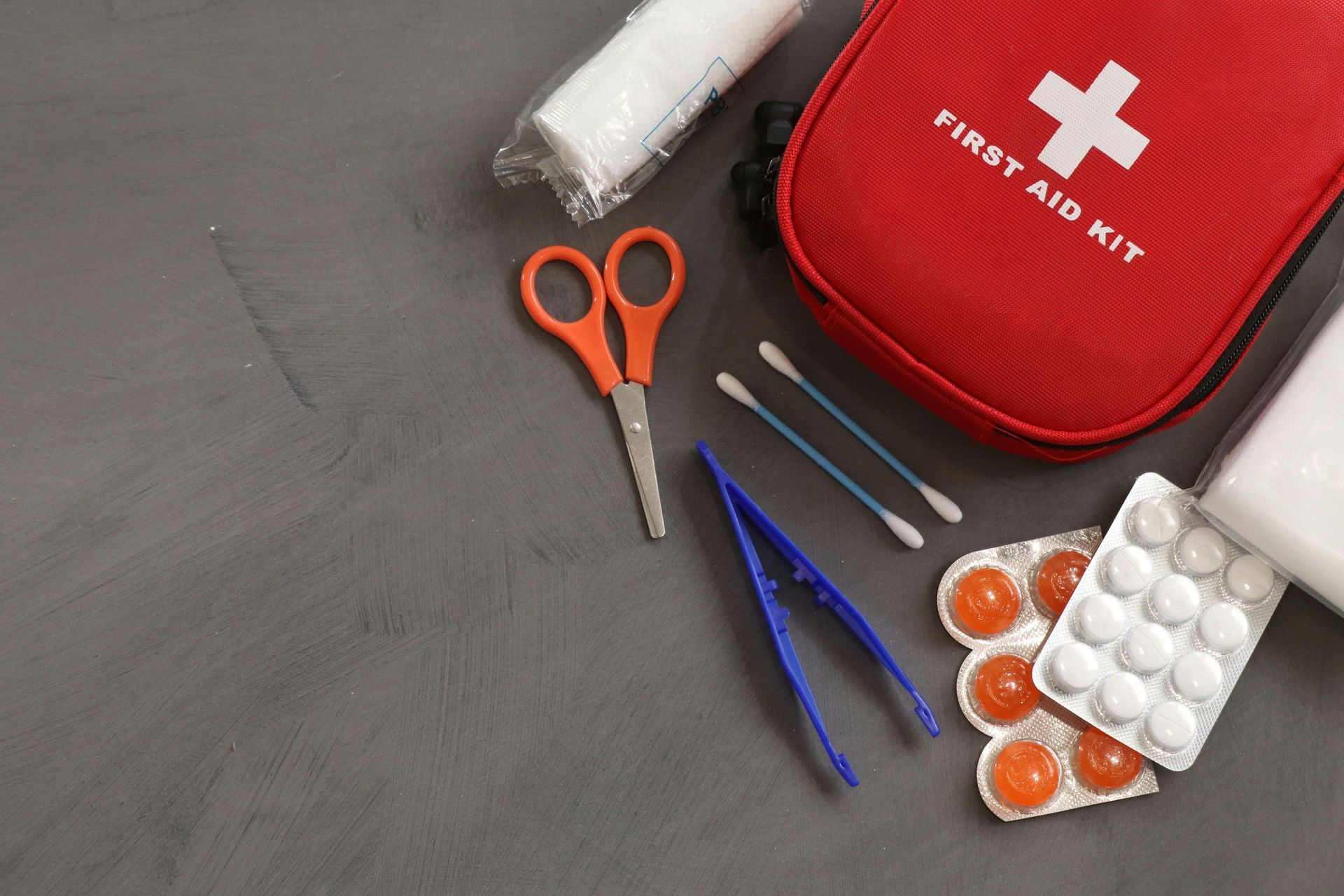
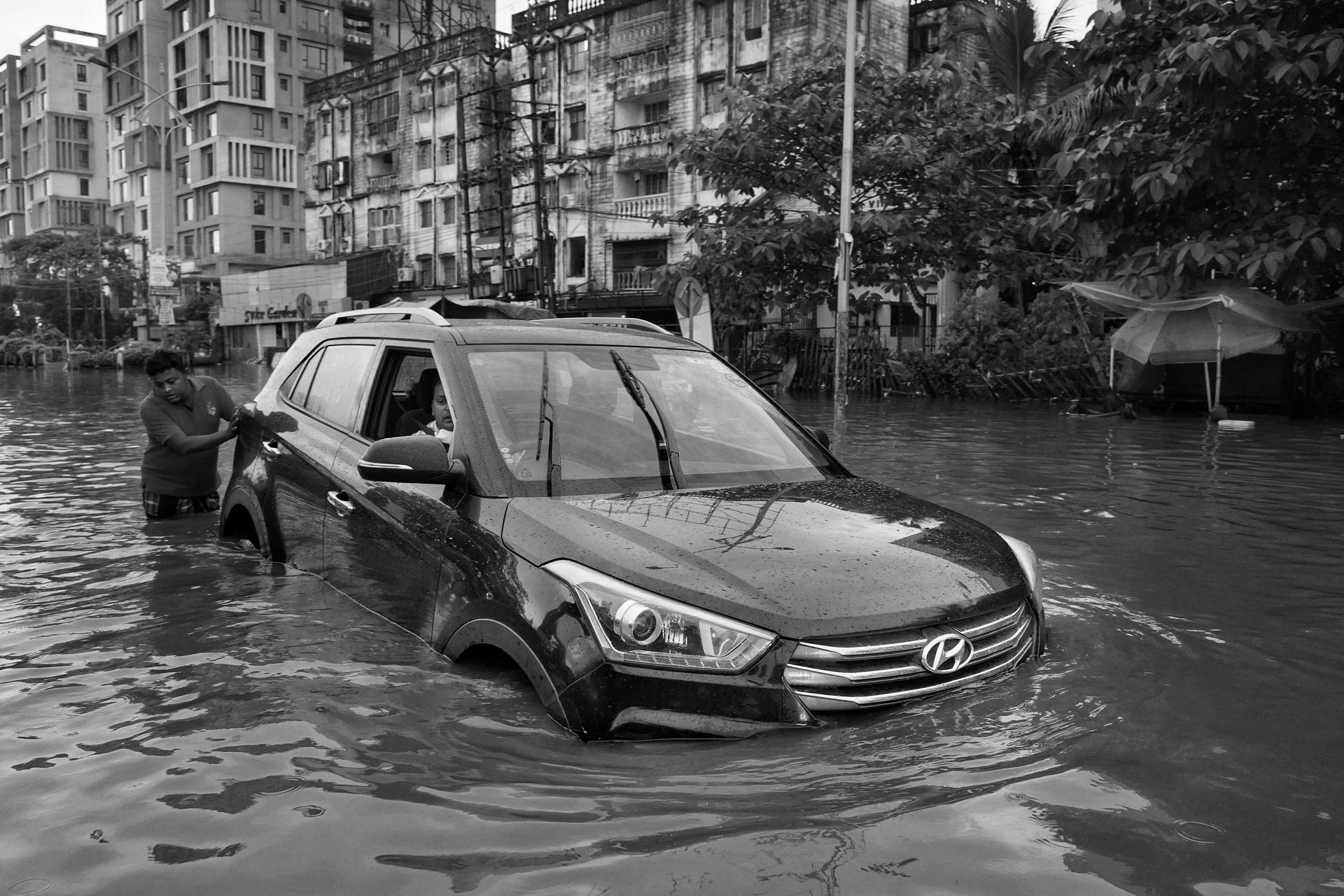
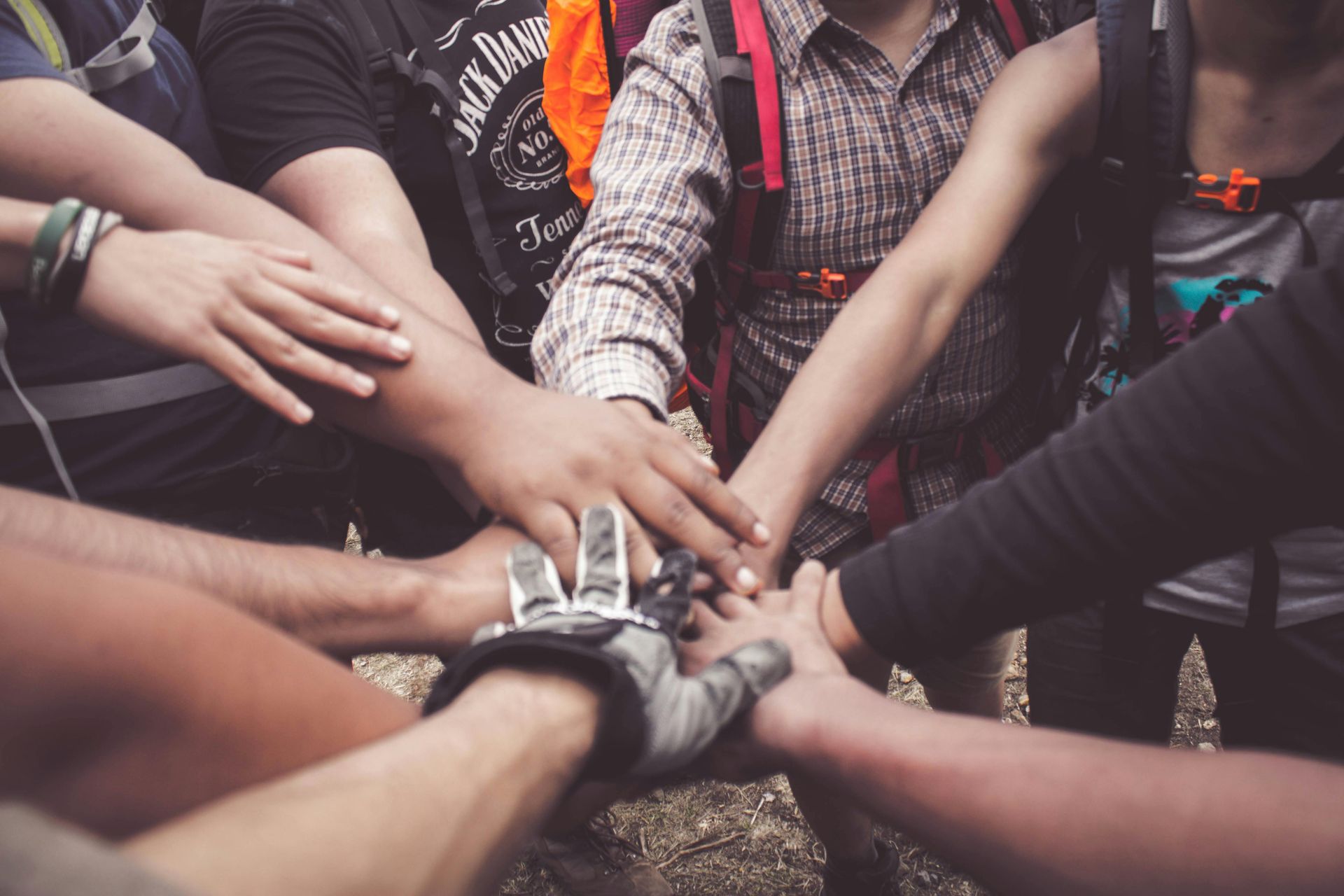
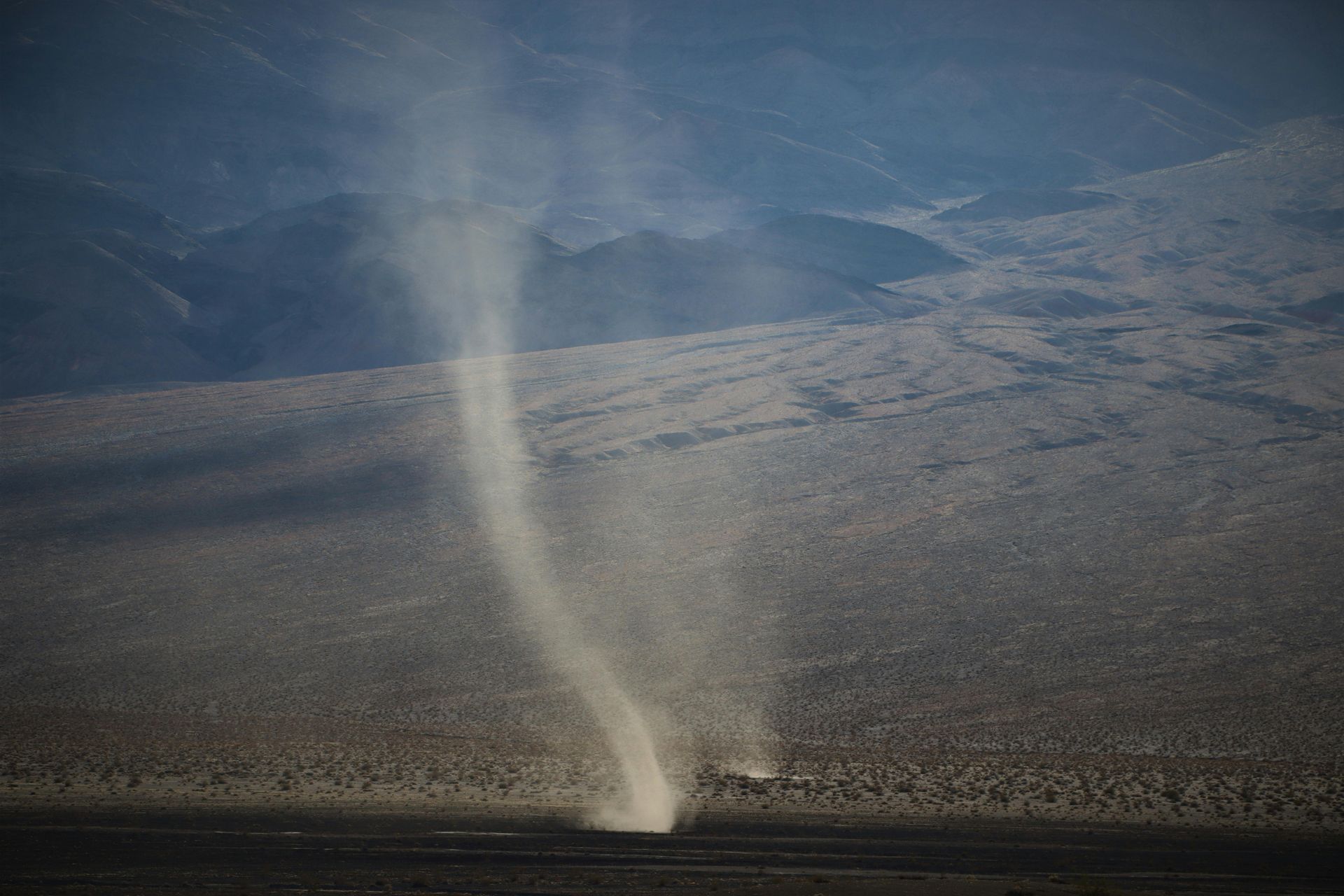
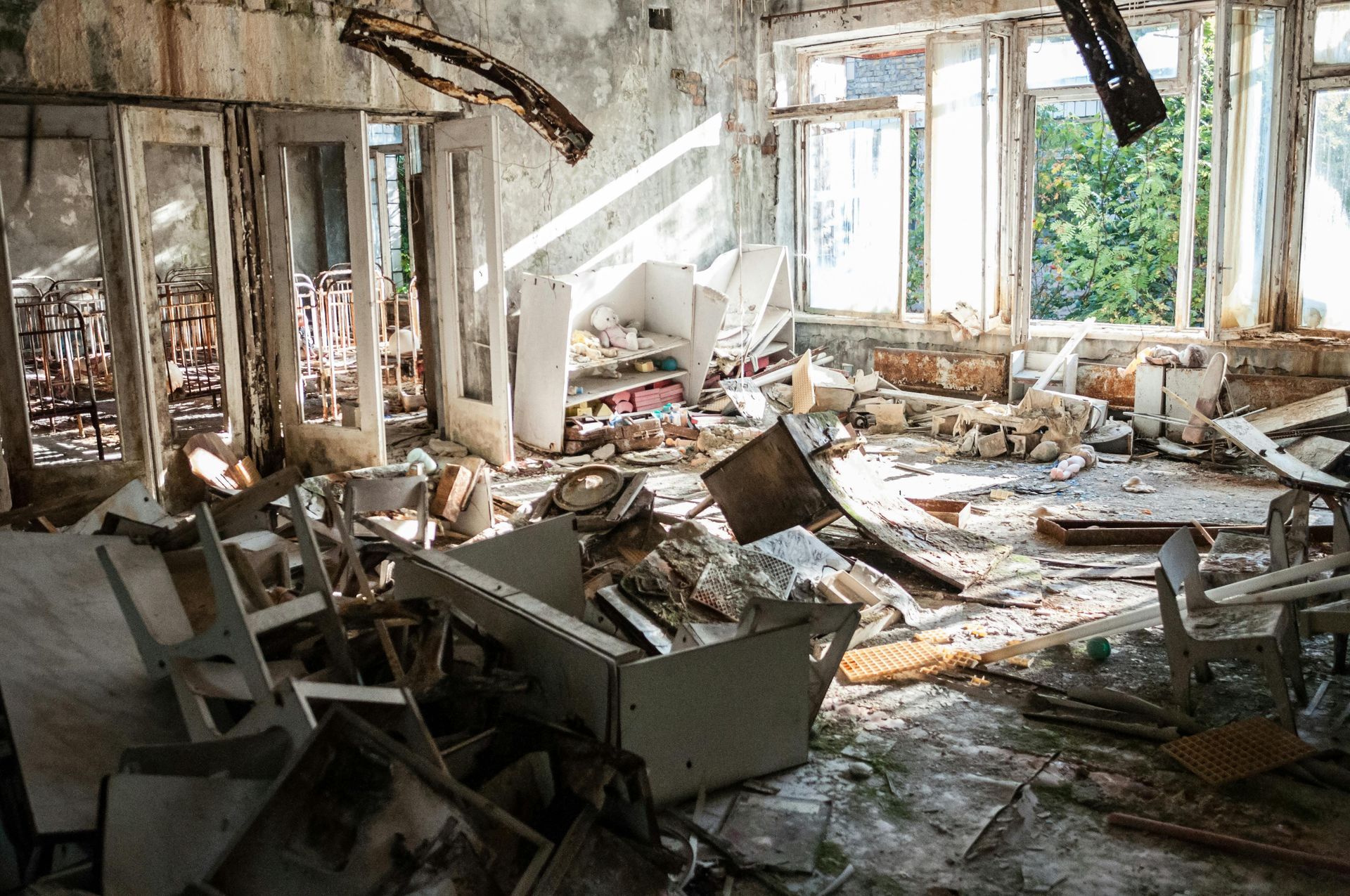
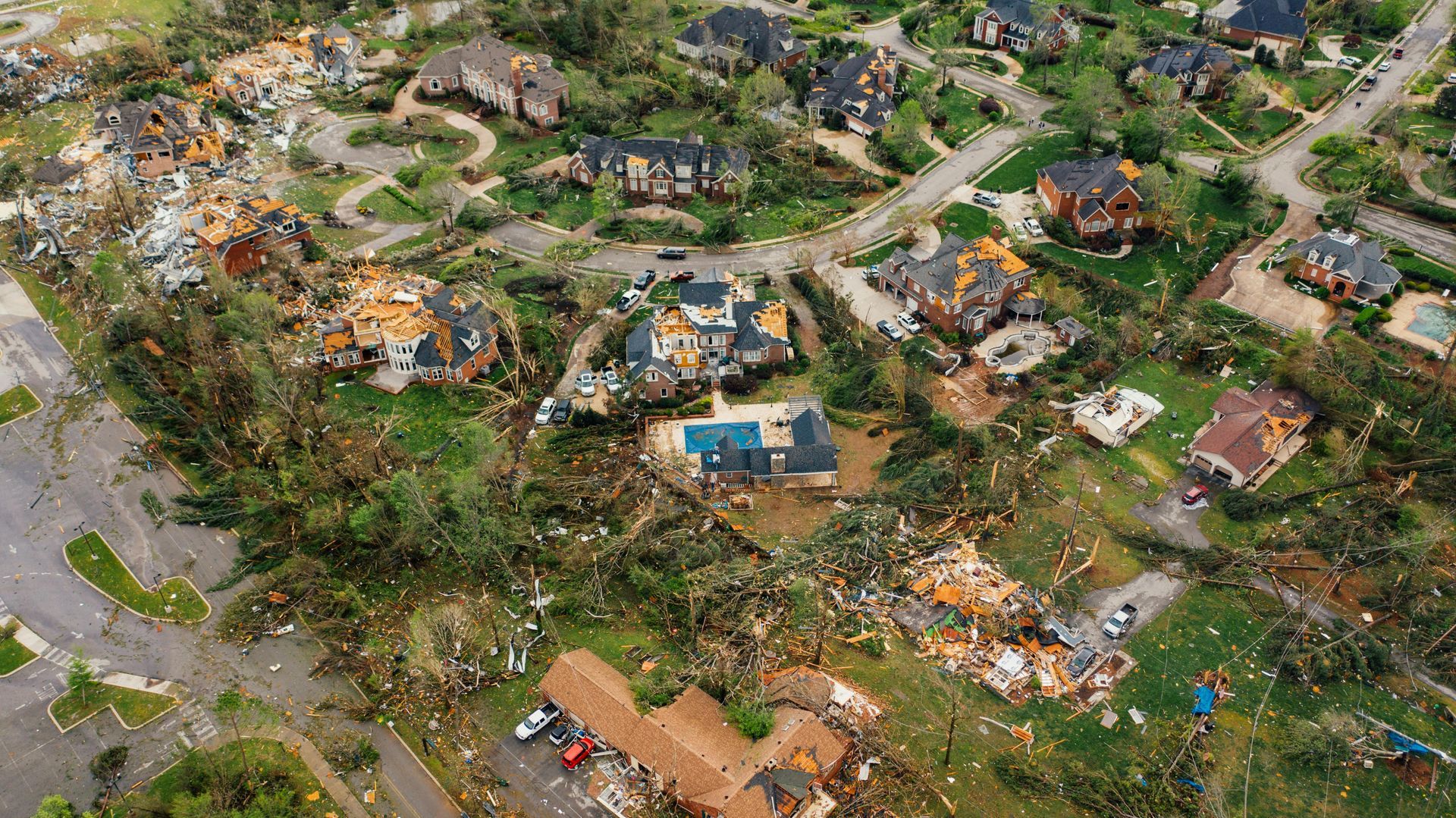
It’s Time to Restore Your Property, Reclaim Your Life, and Get Back to What Matters Most
All Rights Reserved | Disaster South
